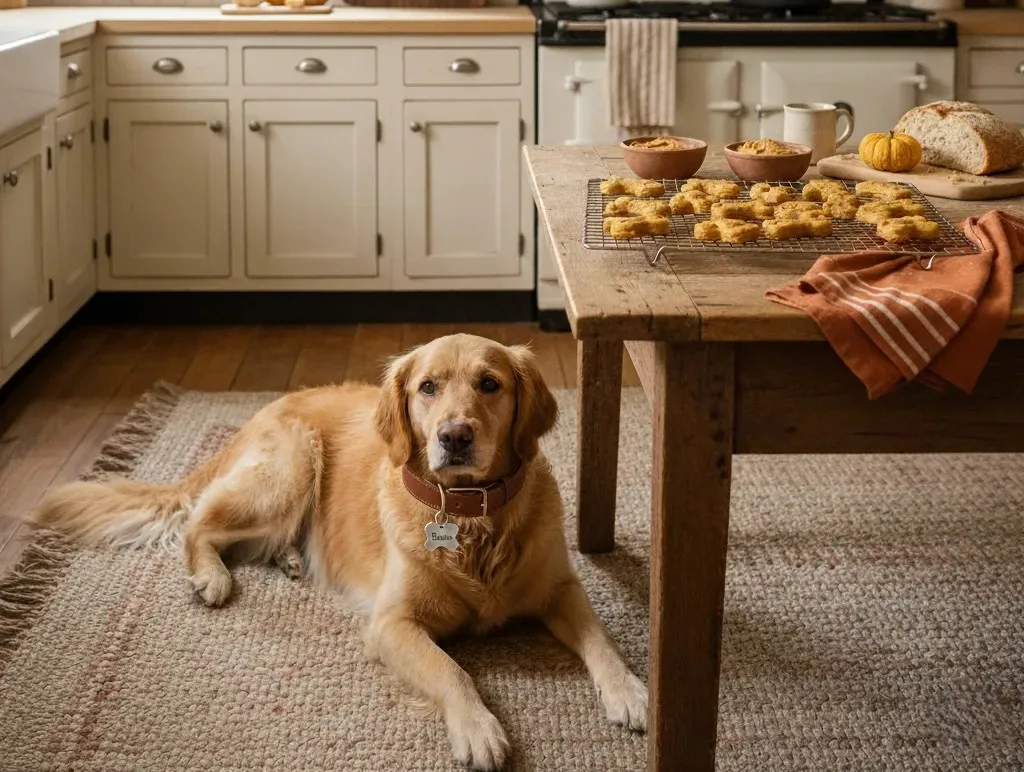Treats are one of the joys of dog ownership. They reward good behavior, provide enrichment, and of course, make tails wag. But snacks shouldn’t replace balanced meals. Maintaining a healthy snack-diet alongside regular meals ensures your dog gets proper nutrition without gaining excess weight. With a little planning, you can make snack time fun and safe while keeping your dog healthy and satisfied.
1. Understand the 10% Rule
A general guideline for healthy snacking is the 10% rule: treats should account for no more than 10% of your dog’s daily caloric intake. The remaining 90% should come from complete meals that meet their nutritional needs.
For example:
- A small 5kg dog may need roughly 200–250 calories per day. Treats should contribute no more than 20–25 calories.
- Larger dogs have higher caloric needs, but the 10% principle still applies.
This ensures treats remain rewards and enrichment, not a replacement for a balanced diet.
2. Adjust Meal Portions When Giving Treats
If you plan to give multiple snacks throughout the day—especially during training, enrichment, or puzzle games—slightly reduce their main meal portions to balance total calorie intake. This helps prevent weight gain while keeping your dog satisfied.
- Example: If your dog normally eats 1 cup of kibble per meal and receives a couple of PawMa’s Kitchen mini-bites (≈20–30 calories), reduce the meal portion slightly to maintain overall calorie balance.
3. Choose Nutritious, Portion-Controlled Treats
Not all treats are created equal. Look for snacks that are:
- Low in empty calories
- High-quality, dog-safe ingredients
- Appropriately sized for your dog
PawMa’s Kitchen treats are perfect for this because they are bite-sized, wholesome, and nutrient-rich, making them ideal for both training and snacking without adding excessive calories.
4. Use Treats Strategically
- Training: Break larger biscuits into smaller pieces to allow multiple rewards without overfeeding.
- Enrichment/Puzzles: Use mini-bites so your dog can work for treats without consuming too many calories.
- Occasional Rewards: Larger or special treats can be reserved for milestones, trick mastery, or special occasions.
5. Monitor Your Dog’s Weight and Health
Even with careful planning, it’s important to track your dog’s weight and body condition. Signs your dog may be overeating treats include:
- Gradual weight gain
- Visible fat around the waist or ribs
- Less motivation for exercise
Regular vet check-ups, along with proper meal and snack management, help maintain optimal health.
6. Maintain a Consistent Schedule
Dogs thrive on routine. Feed main meals at consistent times and offer snacks strategically:
- Use snacks between meals for training or enrichment
- Avoid free-feeding snacks throughout the day
- Keep a designated snack container to control portion sizes
This consistency helps your dog recognize meals vs. treats, reducing begging or over-snacking.
7. Rotate Treats for Variety and Nutrition
Mixing flavors and textures keeps snack time exciting while providing a range of nutrients. Rotate PawMa’s Kitchen treats: soft bites, crunchy biscuits, and street-style flavors. Variety keeps your dog engaged, motivated, and healthy.
8. Combine Treats with Positive Interaction
Remember, treats are most effective when paired with praise, petting, or playtime. This reinforces training, encourages good behavior, and makes snack time more than just eating—it becomes a bonding experience.
Conclusion
Maintaining a healthy snack-diet alongside regular meals is all about balance, portion control, and strategic use of treats. By following the 10% rule, adjusting meal portions, and using high-quality snacks like PawMa’s Kitchen treats, you can reward, train, and engage your dog while keeping them fit and healthy. Treats should complement meals, not replace them, turning snack time into an opportunity for fun, enrichment, and a stronger bond with your furry companion.



